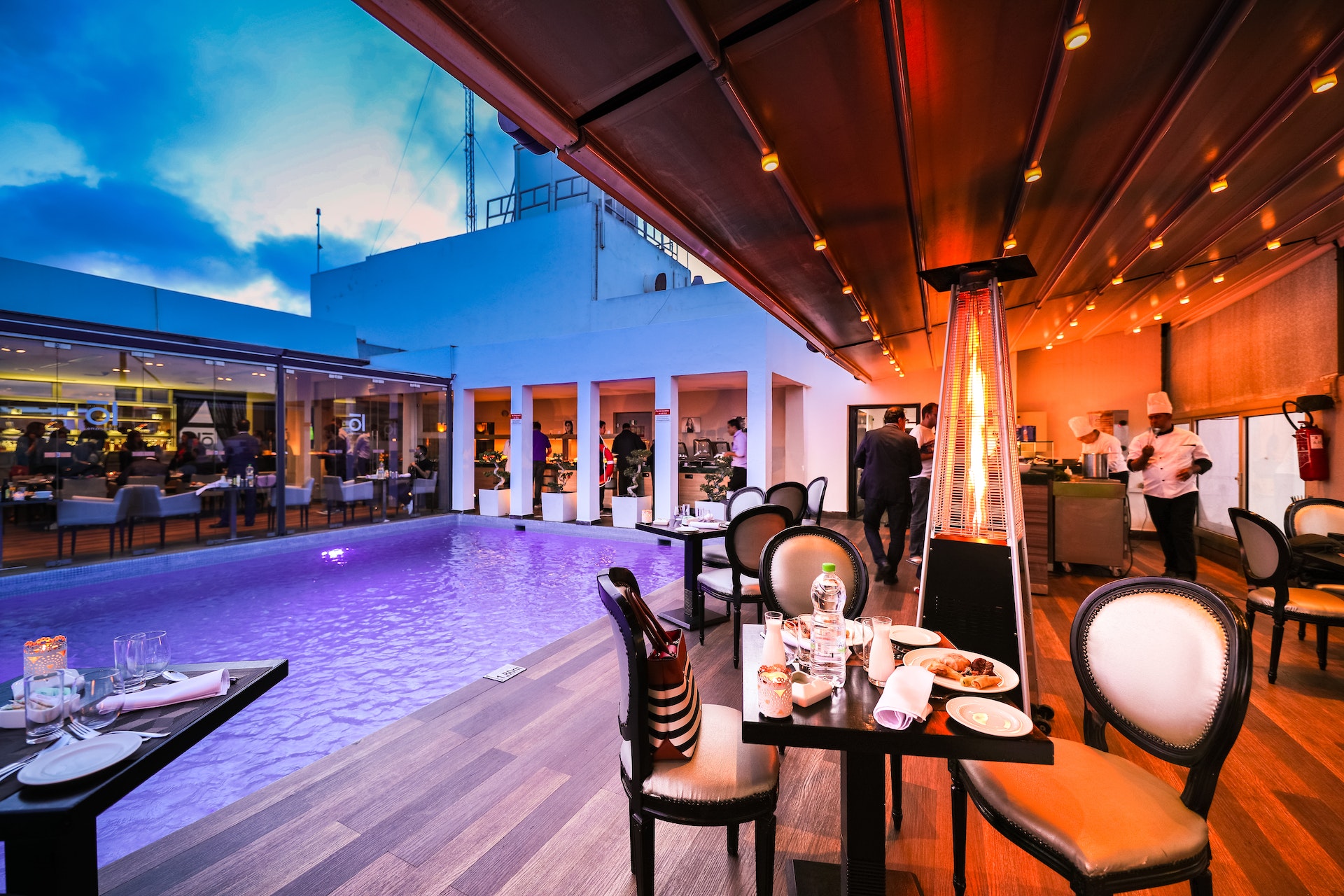Catering in North America began to take shape in the 17th century.
In 1634 one of the first taverns opened in Boston, offering a wide variety of prepared foods. From that time and throughout the years of the War of Independence, taverns were a meeting place for soldiers and businessmen, playing a prominent role in American society. The tavern owner was a respected member of the community and often one of the wealthiest citizens, holding an honorary position in local government. Thus the second president of the United States, John Adams, from 1783-1789, was the owner and manager of his own tavern.
Until the middle of the seventeenth century, the church patronized, and essentially ran, taverns. But by the beginning of the eighteenth century its involvement, though retained, had weakened markedly.
English-style taverns were ubiquitous when the first Delmonico’s (1832, New York City) appeared in the United States. For a long time Delmonico’s was the only expensive and quite aristocratic restaurant in the United States. The name was synonymous with fine food and impeccable service. Delmonico’s Swiss-French cuisine set the tone for all American gastronomy. One of the Delmonico’s restaurant owners introduced a useful innovation: a bilingual menu in which the names of dishes in French and English were placed opposite each other. This tradition took root and became widespread over the years. Delmonico’s restaurants changed many of the habits that had previously distinguished Americans at the table.
France had a great influence on the formation of the American restaurant business. After the French Revolution, many French aristocratic chefs immigrated to the United States and settled mainly in New Orleans, the only truly French city in the New World. Almost all of them went into the restaurant business.
French dishes have made American cuisine, traditionally based on simple and dense English dinners, more refined. But the Puritans of the United States repeatedly declared it sinful. Interest in French cuisine increased again when Thomas Jefferson recruited a French chef to the White House, forcing American tavern-owners by his example to diversify their dishes and be more concerned about their quality.

